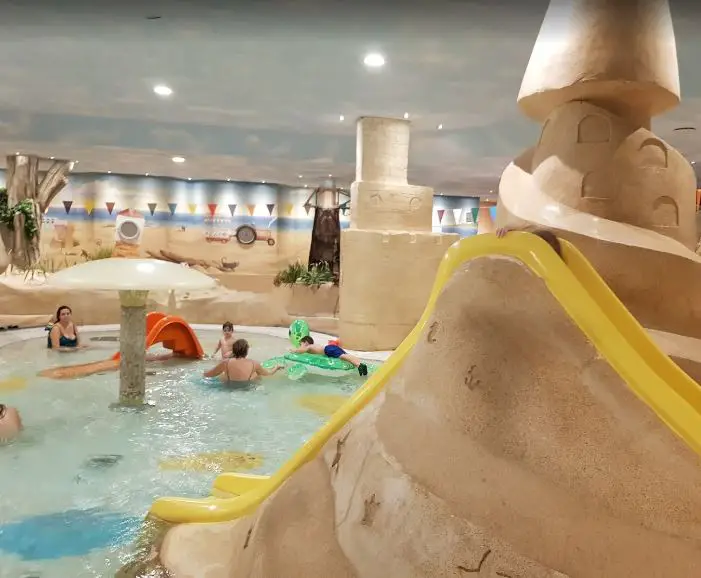How do I show respect when visiting memorials and monuments?
Post ByAdequate Travel
Summary
Visiting memorials and monuments is one way to show respect to those who lost their lives in service to our country. In this blog, we'll look at how to respectfully pay your respects and honor the memories of those who have served.
When visiting memorials and monuments, it is important to show respect as these sites often represent significant historical events, commemorate the lives of individuals, or honor the sacrifices made by others. Here are several ways to demonstrate respect:1. Dress appropriately: Dressing modestly and appropriately is a sign of respect. Avoid wearing clothing that may be disrespectful or inappropriate for the occasion, such as beachwear or revealing outfits. For example, when visiting war memorials or religious monuments, it is advisable to wear conservative attire.2. Follow the rules and guidelines: Many memorials and monuments have specific rules and guidelines to maintain their sanctity. Respect these rules and regulations by following them diligently. These may include restrictions on photography, eating or drinking, touching exhibits, or making excessive noise. For instance, some memorials may require visitors to remain quiet or remove their shoes, so it is essential to adhere to such instructions.3. Maintain silence and avoid distractions: Memorials and monuments are often places of reflection and remembrance. Hence, it is essential to maintain a quiet and contemplative demeanor. Avoid unnecessary conversations, loud noises, or any other activities that may distract or disturb others. For example, refraining from talking loudly or using mobile devices can help maintain a suitable atmosphere.4. Be mindful of personal behavior: Show respect by being considerate and mindful of your behavior. Avoid activities that might be disrespectful, such as sitting or standing on monuments, stepping over boundaries, or touching any artifacts unless specified. Additionally, refrain from engaging in any disruptive or disrespectful behavior, including littering or vandalism.5. Leave mementos respectfully: Some memorials and monuments may allow visitors to leave flowers, tokens, or personal items as a sign of respect. If permitted, ensure these tributes are left in designated areas or as per specified instructions. It is crucial to respect the significance of the site and the intentions behind these acts.6. Educate yourself: Showing respect includes understanding the purpose and significance of the memorial or monument you are visiting. Educate yourself about the historical events, the people being honored, or the purpose of the site. This knowledge allows for a deeper appreciation of the place and helps in paying respectful homage.Examples of respectful behavior at memorials and monuments:- At the Holocaust Memorial in Berlin, visitors demonstrate respect by walking quietly through the imposing structure, refraining from using cell phones, and avoiding any activities that may detract from the solemn atmosphere.- When visiting the Vietnam Veterans Memorial in Washington D.C., people show respect by walking slowly along the wall, being silent, and refraining from touching or leaning on the inscribed names.- At the Taj Mahal in India, visitors remove their shoes before entering the mausoleum as a sign of respect and preserve the peaceful environment by refraining from making excessive noise or engaging in unruly behavior.- When visiting the 9/11 Memorial in New York City, visitors show respect by quietly honoring the memories of the lives lost, refraining from taking selfies or smiling in photographs, and leaving any personal mementos in designated areas with care.Remember, when visiting memorials and monuments, treating these sites with respect ensures that they continue to serve their intended purpose and allows everyone to pay their respects in a dignified manner.Travellers can find valuable travel information for tourists, such as local customs, must-see attractions, and dining recommendations, to make the most of their trip.
Suggested Questions
- Frankfurter Hof, Frankfurt: Horror Story, History & Paranomial Activities
- Alte Pinakothek, Munich: Horror Story, History & Paranomial Activities
- Bergkirchweih, Erlangen: Horror Story, History & Paranomial Activities
- Frankenstein Castle, Darmstadt: Horror Story, History & Paranomial Activities
- Festung Marienberg, Würzburg: Horror Story, History & Paranomial Activities
- Schloss Belvedere, Weimar: Horror Story, History & Paranomial Activities











